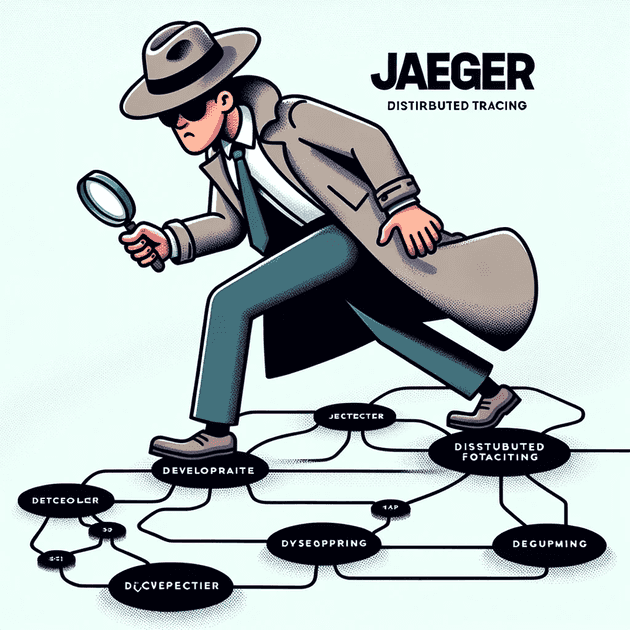In the dynamic landscape of modern software development, the need for efficient monitoring and debugging tools has never been more pronounced. As applications evolve into complex distributed systems, understanding the interactions between various components becomes essential. Enter Jaeger, an open-source end-to-end distributed tracing system designed to help developers gain deep insights into the performance and behavior of their applications. In this blog post, we'll take a closer look at Jaeger, its features, benefits, and how it empowers developers to achieve superior observability in their systems.
Understanding Distributed Tracing
Distributed tracing is a technique that allows developers to track the flow of requests as they travel through various components of a distributed system. It provides a detailed view of how individual requests traverse different services, databases, and external dependencies. By capturing timing information and contextual data, distributed tracing helps diagnose performance bottlenecks, latency issues, and even uncover the root causes of failures.
Introducing Jaeger
Jaeger, originally developed by Uber Technologies and now part of the Cloud Native Computing Foundation (CNCF), is an open-source platform that offers distributed tracing capabilities. Named after the German word for "hunter," Jaeger is aptly named as it hunts down the complexities of distributed systems, enabling developers to explore the intricacies of requests and uncover potential problems.
Key Features of Jaeger
-
End-to-End Visibility: Jaeger enables developers to follow the entire journey of a request across different services and components, providing a holistic view of the system's behavior.
-
Latency Analysis: With detailed timing information, Jaeger helps pinpoint where bottlenecks and delays occur in the application's interactions, making it easier to optimize performance.
-
Contextual Information: Jaeger captures contextual data, including metadata, tags, and logs, allowing developers to correlate trace data with logs and metrics for a comprehensive understanding of issues.
-
Service Dependency Mapping: The system generates visualizations that illustrate the dependencies between various services, offering insights into the architecture's complexity.
-
Sampling Strategies: To prevent overwhelming the tracing system, Jaeger allows for flexible sampling strategies, letting developers choose which traces to capture based on probability or other criteria.
-
Integration with Ecosystem: Jaeger seamlessly integrates with other observability tools and frameworks, such as Prometheus and Grafana, enhancing the overall monitoring and debugging experience.
-
Scalability and Performance: Designed to handle high loads, Jaeger is built to scale horizontally, ensuring minimal impact on the performance of the traced applications.
Benefits of Jaeger
-
Troubleshooting Made Easier: With its detailed trace data, Jaeger accelerates root cause analysis, making it easier to identify the sources of performance bottlenecks and failures.
-
Optimized Performance: By highlighting latency issues and inefficiencies, Jaeger empowers developers to fine-tune their applications for optimal performance.
-
Enhanced Collaboration: Jaeger's visual representations of service interactions facilitate communication between development, operations, and other teams, fostering collaboration.
-
Real-World Insights: Distributed tracing provides a realistic view of how users experience an application, enabling developers to make informed decisions about feature improvements and optimizations.
-
Early Detection of Issues: Detecting anomalies early on becomes possible with Jaeger's continuous monitoring, leading to faster issue resolution and improved system reliability.
Conclusion
In the era of distributed computing, gaining deep insights into the behavior and performance of complex applications is essential for maintaining user satisfaction and system reliability. Jaeger, an open-source end-to-end distributed tracing system, equips developers with the tools they need to understand and optimize their systems efficiently. By offering end-to-end visibility, latency analysis, and contextual information, Jaeger empowers teams to proactively address performance bottlenecks and enhance the overall quality of their applications. As the software landscape continues to evolve, tools like Jaeger play a pivotal role in ensuring the success of distributed systems.
